In 2017 — the last year of publicly available traffic data on the Vineyard — a total of 9,514 cars traveled down Beach Road on the first Monday in July, crossing the paved spit of sand and barrier beach between Oak Bluffs and Edgartown in anticipation of the bustling Independence Day activities.
In 2020, as a pandemic gripped the nation and officials canceled the famed Fourth of July parade amid public health concerns, the number dipped to 7,344.
In 2021, there was still no parade. And despite more than 90 per cent of the Vineyard reaching full vaccination status, the Covid-19 pandemic loomed large over the Island, with cases poised to rise and health officials confirming the presence of contagious virus variants. But the cars still came. In fact, more came than ever. A record 9,795 vehicles traveled between Edgartown and Oak Bluffs on the first Monday of last month, as a slight drizzle caked sandy Beach Road and Islanders were treated to the coldest Fourth of July weekend in two decades, with temperatures topping out in the mid-60s.
The cars weren’t coming to a parade. They weren’t coming to the beach. They were just coming. And coming.
As the Island marches through its first post-pandemic summer (if such a term is even appropriate, considering creeping infection rates), a growing number of ecological, economic and social pressures have prompted Island planners — along with the U.S. Army Corps of Engineers — to consider a first-of-its-kind carrying capacity study for Martha’s Vineyard. Although funding remains a question mark, staff at the Martha’s Vineyard Commission confirmed this week that they are in discussion with the Army Corps research division in the hopes of undertaking the approximately $500,000 project. The study would holistically examine current infrastructure and potential buildout, showing how factors like wastewater, supply chain needs, energy use, erosion, housing and more will determine the eventual carrying capacity of the Vineyard.
Traffic is no longer the primary concern.
“Right now, the Vineyard has multiple issues. There are the logistical issues of traffic, drinking water and supply. And then, of course, you have the environmental issue,” said Dr. Brian Howes, a professor at UMass Dartmouth who headed the Massachusetts Estuaries Project and works with the MVC on coastal planning. “Currently, most of the estuaries on the Vineyard have some level of impairment. And all of that really stems from the shift of the landscape from pine and oak forest to residential development, because most of the Vineyard, now, is residential development,” he said.
The idea of the carrying capacity study, among other things, is to better understand the Island’s upper limits on growth.
It also might help put a number on the actual summer and year-round populations, which remain a mystery to all. “There have been some attempts to say, on our busiest day, here’s what our Island population really looks like,” said commission special projects planner Dan Doyle, who among other things manages traffic counts. “But I don’t think it’s been this authoritative number that people can reference and cite.”
•
Accurate Island population data remains notoriously couched in myth. The 2021 Dukes County Hazard Mitigation Plan estimates the average summer population at almost exactly 80,000, using a complex methodology that factors in passenger ferry data, seasonal units and 2010 year-round census data. The year-round population is listed at about 16,000 and the seasonal population at 46,000 in that plan.
But those numbers are a decade old.
In that same decade, Steamship Authority automobile traffic has grown by more than 10 per cent — an increase of approximately 200,000 annual passengers — despite ferry schedules remaining largely the same. And the Island saw unusual swells in population during March of 2020 and the 2021 winter, as indicated by a nearly 3,000 vehicle discrepancy in two-way SSA traffic numbers – that is, many more cars came than left. In prior years the annual conversation about the Island tipping point was generally focused on summer road congestion. Now the commission is in contact with a senior scientific technical advisor with the Army Corps, Igor Linkov, to develop models for non-linear tipping points, that would look not just at traffic bottlenecks but at how sliding-scale variables like sea-level rise, energy use, water quality and wastewater capacity create thresholds for development.
There is also interest in using cell phone ping data to determine Island population numbers, with 2020 census data still mostly unavailable.
“These problems are massive . . . and it feels like there are a few pieces of information that we really need as an Island,” said Ben Robinson, who sits on the commission and has been working on the capacity plan grant. “Understanding the carrying capacity of our Island is one of those . . . because once you cross that threshold, the effects become non-linear.
Maybe not exponential, but definitely non-linear.”
Since that busy July 4 day on Beach Road in 2017, the real estate market has boomed, lifting the median home price well above $1 million as remaining housing inventory evaporates and rental prices skyrocket.
Restaurants and retailers are feeling new pressures this summer, limiting hours and services as a result of lack of seasonal labor and staff shortages linked to the scarcity of affordable housing.
Sea levels are rising, altering the Island landscape in unpredictable and sometimes rapid ways as salt marshes retreat and coastal dunes erode.
Cyanobacteria blooms have become annual events, closing ponds in some of the most pristine corners of the Island.
One of the Vineyard’s four aging undersea utility cables has failed, highlighting the fragility of the Island electric grid and forcing Eversource to rely on millions of gallons of diesel fuel to keep backup generators humming through the summer.
Every Island town has either begun, or recognized a need to begin a comprehensive wastewater management plan. Sewage treatment plants in Edgartown, Oak Bluffs and Tisbury are at or near capacity, limiting development potential on an Island whose year-round economy relies heavily on the trades.
“There’s a real debate about the sewering question. Who gets the sewer flow — does it go to development or nitrogen mitigation?” Mr. Robinson said. “Wastewater flow is like gold now. More valuable than gold.”
Dr. Howes praised the capacity study. “I think that it’s a very good thing that they are doing,” he said. “But it’s not just traffic and aesthetics. We need to keep the environmental health of the water in mind, especially in this region, especially on the Vineyard.”
•
Meanwhile, traffic data from the Steamship Authority indicates that the Vineyard is experiencing, yet again, one of its busiest seasons ever. Through July 21, regular-fare automobile traffic has outpaced 2019 numbers — a near-record year — by more than 17,000 vehicles. While excursion travel has dropped by 14 per cent, the dramatic increase in non-resident vehicles in 2021 has led to a 2.2 per cent total increase in automobile traffic on ferries from 2019.
Advance automobile reservations for the fall outpace 2019 by more than 10 per cent, mirroring increases in May and June. Truck traffic remains almost entirely on par with 2019 numbers.
“One of the things we identified this year was that demand was showing itself sooner,” SSA general manager Bob Davis said in an interview. “People were making their summer plans earlier than they had been.”
The Steamship Authority on average runs at between 75 and 82 per cent of total vehicle capacity year-round, based on available linear feet, with trucks and freight accounting for about a quarter of that space. On certain summer days, capacity reaches 100 per cent, posing challenges for Islanders who need to travel and clogging traffic in all the port towns.
In 2019, the Island Home ferry reached its passenger capacity limit — mandated by the U.S. Coast Guard at 1,200 — about six times, according to Mr. Davis.
“We’re at the crosshairs,” he said. “It becomes a balancing act on all fronts.”
The same trends are reflected in almost any data set one can find. Island highway superintendents have reported unprecedented amounts of trash pickup in down-Island, main street receptacles. The Martha’s Vineyard Hospital saw a 600-patient increase in its emergency room visits in June from pre-pandemic numbers.
“It is very busy. Period,” Edgartown selectman Margaret Serpa observed at the board’s regular meeting Monday.
•
Nowhere have the impacts of residential development and population increase been felt more dramatically than in and around Island coastal ponds. Katama Bay, James Pond, Squibnocket Pond, Lagoon Pond, Edgartown Great Pond and Lake Tashmoo are among the ponds facing water quality issues.
In 1938, a massive hurricane blasted open the barrier beach at Tashmoo, turning the freshwater coastal pond into a saltwater estuary. Eighty years later, the lake is dealing with a different kind of storm.
With Cape Pogue mostly closed to anchoring this summer, more boats have flocked to Tashmoo, many of them day-boaters from the Cape. Shellfishing has been closed in much of the pond all summer.
“Sometimes it feels like the whole of Tashmoo is a boat yard,” Mr. Doyle said.
Dr. Howes said the water quality in Tashmoo isn’t terrible, but the lake remains impaired.
“There are already a lot of limits, and I think it’s handleable,” he said of the Island coastal ponds. “But the problem is that as development increases, those nitrogen pressures will only increase.”
He pointed to Cape Cod, which has seen much more development than the Vineyard and is facing a vastly complicated cleanup problem, with many estuaries closed due to algal blooms or bacteria. A restoration project in Barnstable alone is projected to cost more than $1 billion.
Dr. Howes has a much rosier outlook for the Vineyard, emphasizing that the Island has not reached anything near the level of impairment seen on Cape Cod. He pointed to the efficacy of the recently installed Lagoon Pond permeable reactive barrier, along with advanced septic technology that limits nitrogen, as potential solutions to nitrogen impairment. But he stressed the importance of preserving and planning now.
“I’m very optimistic about the way the issue is being addressed aggressively on the Vineyard,” Dr. Howes said. “But the Vineyard still has high-quality environments that need to be protected. And it’s a lot easier to protect than it is to restore.”

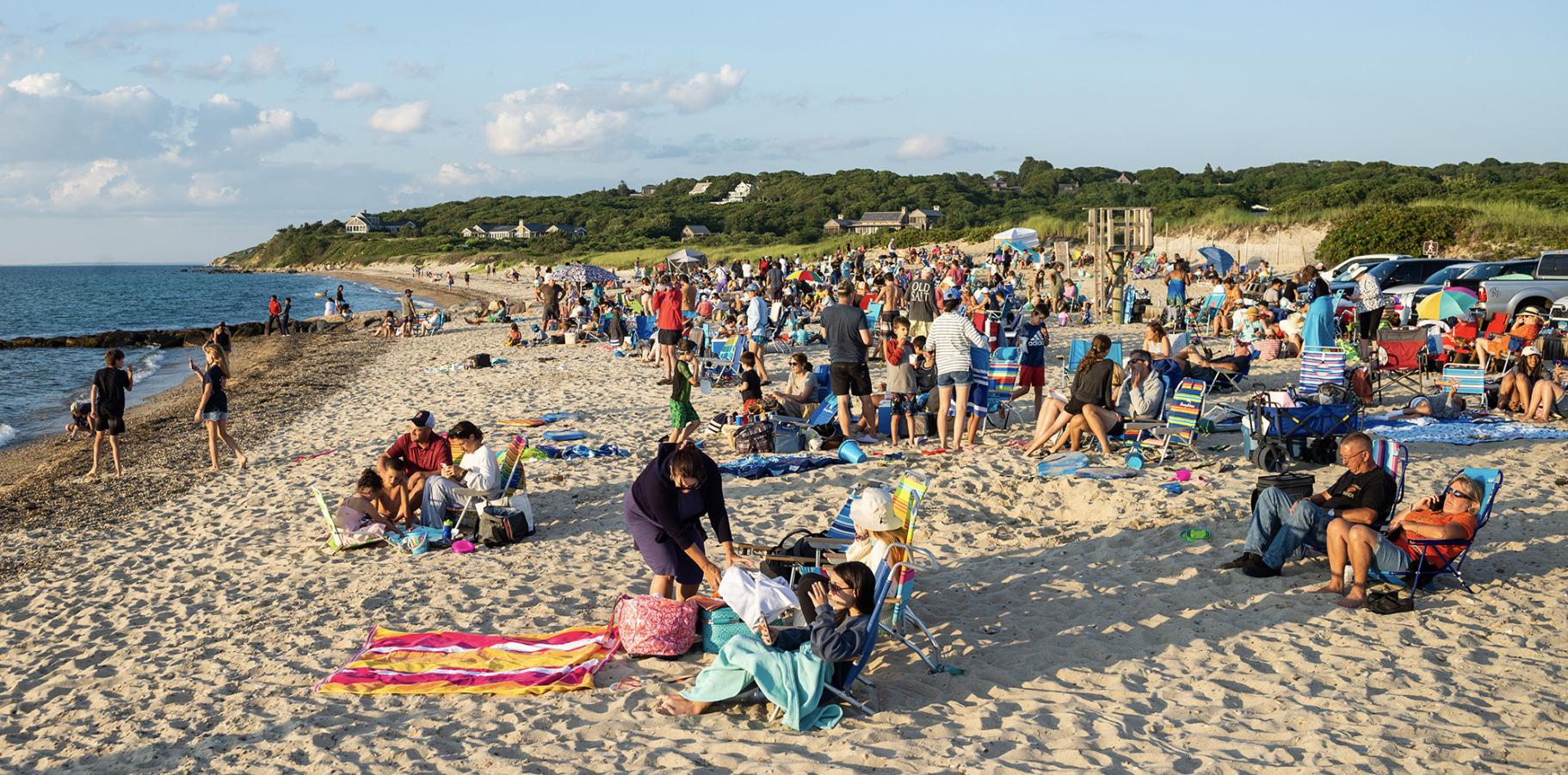
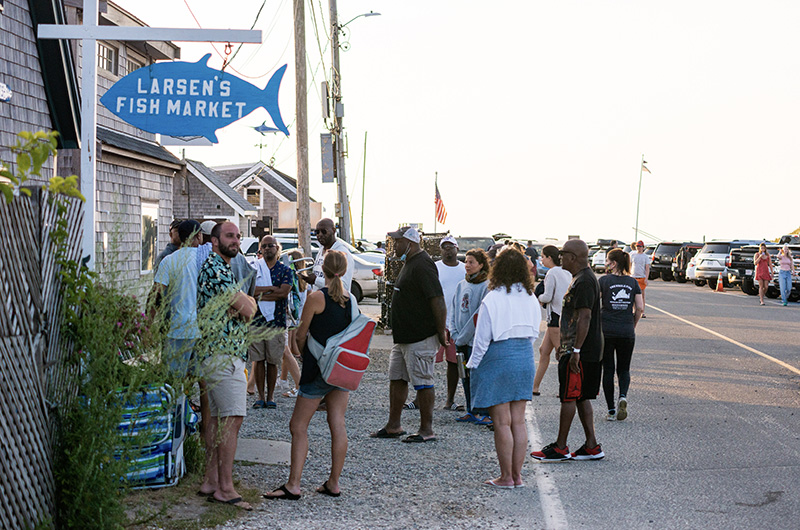
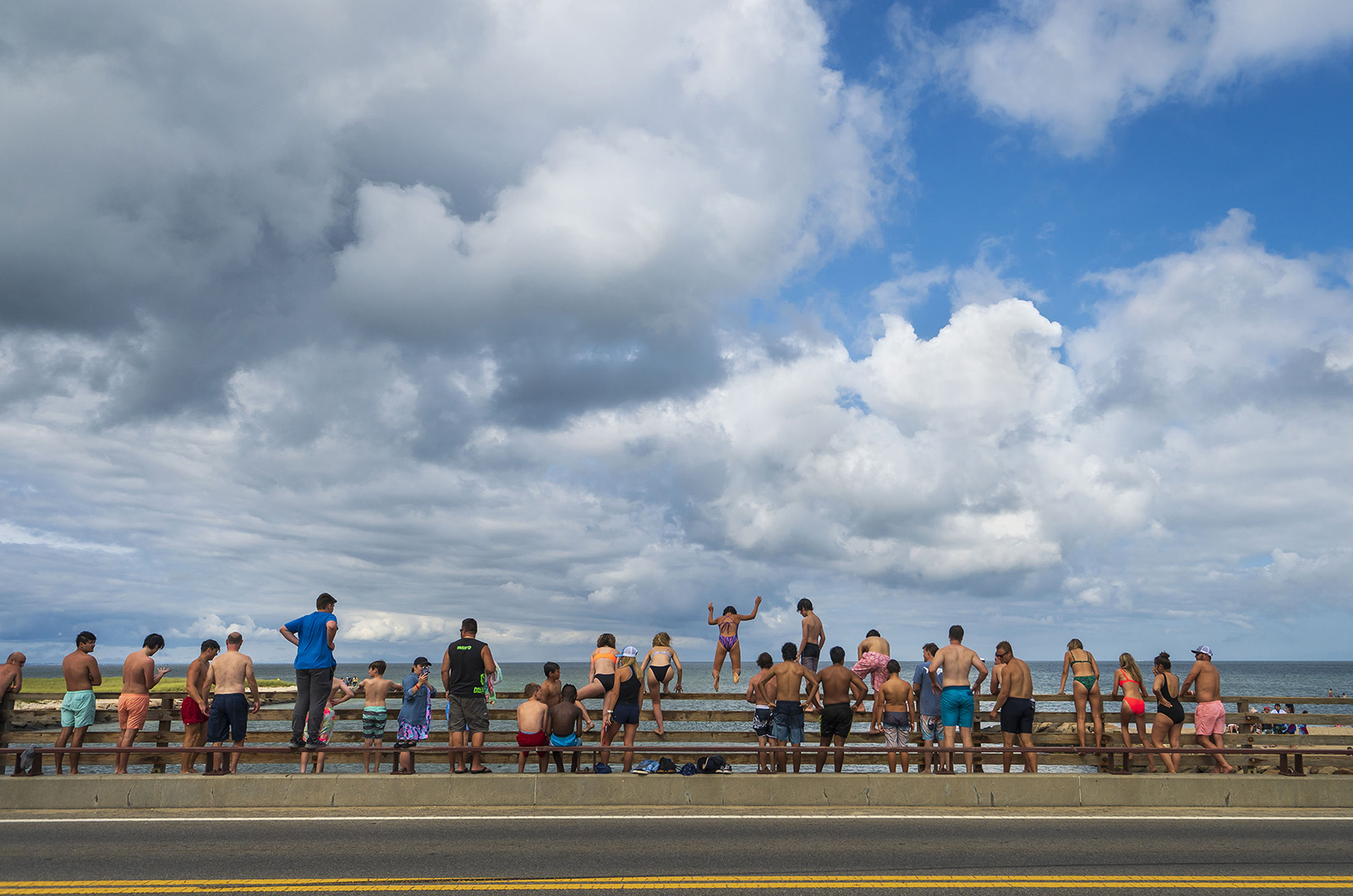
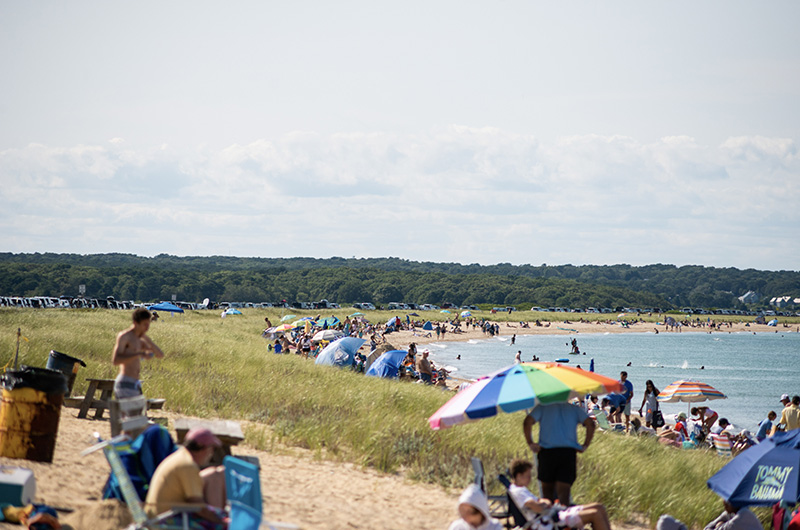
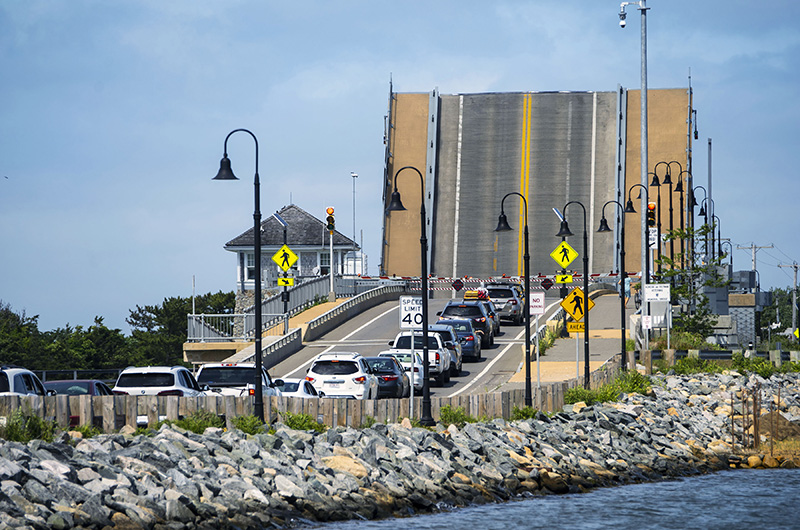






Comments (38)
Comments
Comment policy »